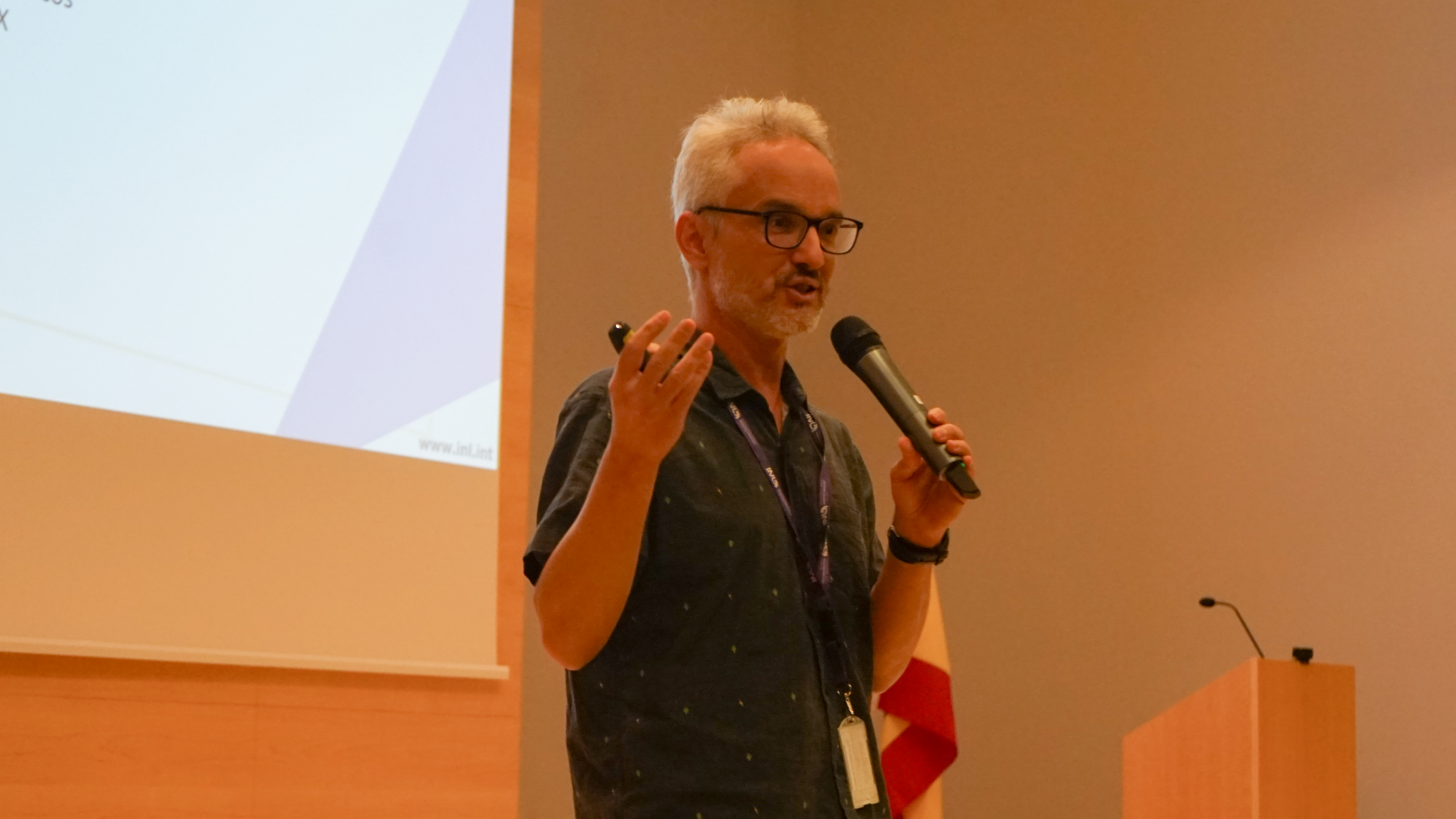On September 27, 2024, nearly 1,400 participants gathered in Braga for the European Researchers’ Night (ERN), under the theme Science for Global Challenges. The event showcased cutting-edge research and demonstrated how science addresses critical global issues like environmental protection, economic development, and social justice. INL – International Iberian Nanotechnology Laboratory, committed to outreach and bringing science closer to the public, actively participated with European funded projects such as LEARN, FRONTSH1P, Forging, and 3DSecret. Attendees enjoyed interactive experiences, including optical experiments revealing the colors of white light, engaging science-themed board games, and an immersive exploration of extracellular vesicles. João Martinho Moura’s multimedia performance micromacronanooffered a unique blend of art and science, illustrating the connection between the smallest particles and the vastness of the universe. The Consortium: A National Collaboration ERN 2024 was powered by a national consortium. INL and the University of Minho led efforts in Braga, while the University of Coimbra, University of Lisbon, Universidade Nova, ISCTE, and the University of Évora ensured the event reached communities across Coimbra, Lisbon, and Alentejo, making science accessible throughout the country. + A day to remember. See the full photo gallery here >>
Read more


